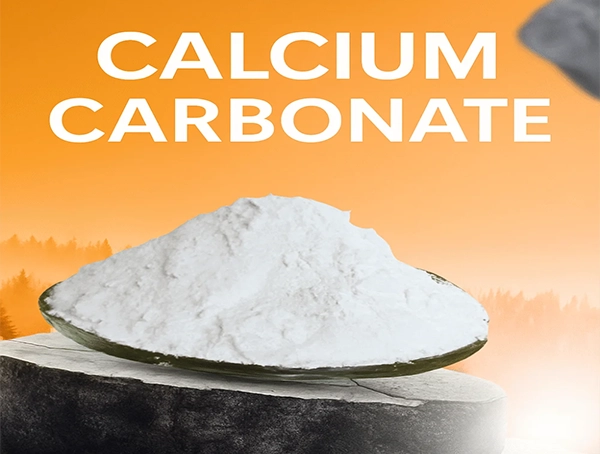

calcium carbonate natural
Produced by processing natural finest microcrystalline Calcium Carbonate
In process mixing of high purity selected chalk deposits results in extremely, fine and white product. It is exceptional brightness, fineness of grind, low oil absorption and cost.
Calcium carbonate is used in various industries as a filler and more:
Paints, both interior and exterior.
Insulation materials.
Adhesives and glues.
All plastic products such as cables and PVC in all its forms.
Fertilizer and feed production.
Rubber manufacturing.
Glass industries.
Ceramic production.
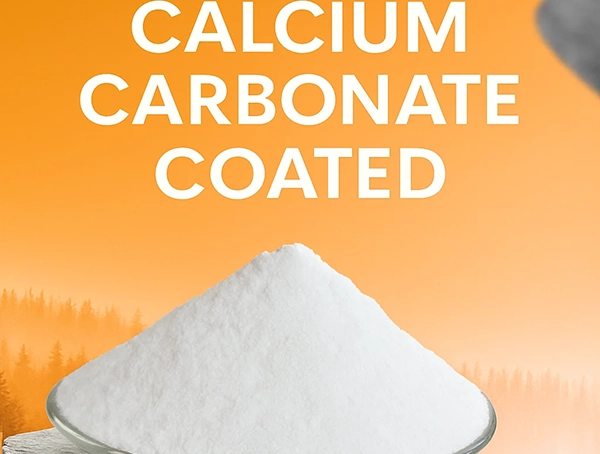

calcium carbonate coted
Produced by processing natural finest microcrystalline Calcium Carbonate
hen treated with some material, which makes it insoluble in water. In process mixing of high purity selected chalk deposits results in extremely, fine and white product. It is exceptional brightness, fineness of grind, low oil absorption and cost.
Calcium carbonate is used in various industries :
Plastic.
PVC pipe.
Paint.
Woven bag.
Paper.
Rubber.
Adhesive and Sealant.
Masterbatch.
Other industries.
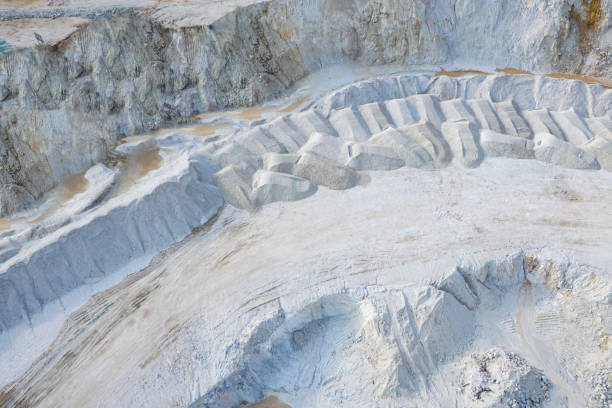

Gypsum
is a soft sulfate mineral composed of calcium sulfate dihydrate, with the chemical formula CaSO4·2H2O.
Color: Colorless to white; may be yellow, tan, blue, pink, brown, reddish brown, or gray due to impurities.
Mohs Scale Hardness: 1.5–2
Luster: Vitreous to silky, pearly, or waxy
Streak: White
Specific Gravity: 2.31–2.33
Fusibility: 5
Solubility: Hot, dilute HCl
Uses:
Organic Chemicals.
Pharmaceutical Chemicals.
Cosmetic Chemicals.
Industrial Raw Material.
Food Ingredients.
Soil and Fertilizing.
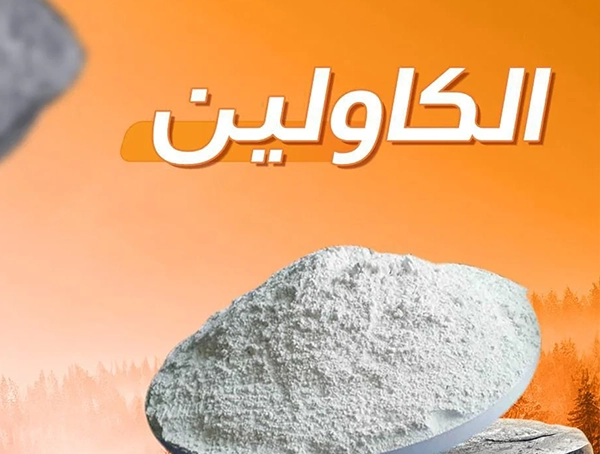

Kaolin
is an aluminosilicate soft white mineral named after the hill in China (Kao-ling) from which it was mined for centuries. In its natural state kaolin is a white, soft powder consisting principally of the mineral kaolinite, and varying amounts of other minerals such as muscovite, quartz, feldspar, and anatase.
Description
Color Dark White, sometimes red, blue or brown tints from impurities.
Kaolinite is a clay mineral, part of the group of industrial minerals, with the chemical composition Al2Si2O5(OH)4. It is a layered silicate mineral, with one tetrahedral sheet of silica (SiO4) linked through oxygen atoms to one octahedral sheet of alumina (AlO6). Kaolinite has a low shrink–swell capacity and a low cation-exchange capacity (1–15 meq/100 g). It is a soft, earthy, usually white grades, mineral (decahedral phyllosilicate clay), produced by the chemical weathering of aluminum silicate minerals like feldspar. Commercial grades of kaolin are supplied and transported as dry powder.
Users:
Actively used as a filler in paper, rubber, paint, plastics, adhesives, & sealants. Used in ceramics, glass fiber, refractories, cement, catalysts, agriculture, chemicals, pharmaceuticals, cosmetics, and textiles, Veterinary drugs and pesticides.
Range Of Size Available: 10 Micron to 500 Micron


Bentonite
is an absorbent aluminum phyllosilicate clay mainly consisting of montmorillonite. The different types of bentonite are each named after the relative dominant element, such as potassium (K), sodium (Na), calcium (Ca), and aluminum (Al). muscovite, quartz, feldspar, and anatase.
Uses :
Groundwater barrier – Medical applications – Bentonite slurry walls in modern construction Pottery – Clay Mask – Fertilizer Waterproofing – Foundry industry – Bonding agent Absorbent material – Used in casting – Ceramics Drilling pulp – Oil drilling – Construction cement Chemical industry – Paper production – Rubber industry Paint production – Ink production – Daily chemical uses Coating applications – Textile industry – Poultry feed additives Animal litter soil (deodorization) – Agriculture – Soil improvement Compost additives – Adhesives
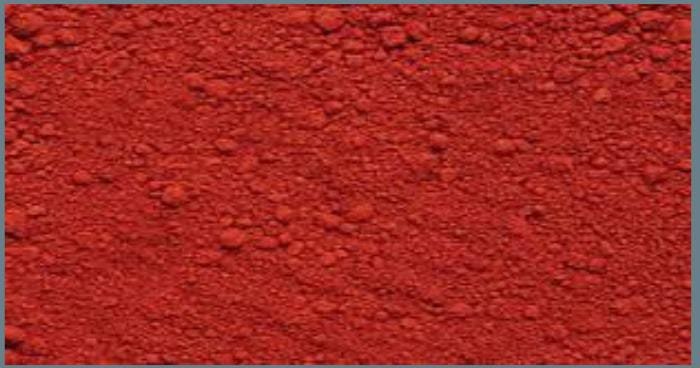

Iron Oxide
Chemical Information and Usage
Iron oxides remain one of the natural pigments. It is highly valued in emotions and weather. Iron oxides are the main ingredient in the wholesale in the pharmaceutical industry, industry industry, commerce, ink industry, and cosmetic industry. Oxides containing anti-corrosive materials
The physical structure of oxides is considered the most valuable composition. She paints and draws in drafting on millability, color uniformity, and tinting power. Besides these roots, sentences of purity
The use of magnetite in dense separation depends on its physical properties: gravity and magnetic properties. Site, magnetite can be recovered and used again. Magnetite provides high-density metal separation and coal washing
Iron oxide pellets are used as raw materials in the smelting of shaft furnaces. This is due to its uniform size, tremendous strength, and excellent permeability.
Iron Oxide specifications for supplies and exports
Elsahn Co. supplies and exports raw Iron Oxide in different sizes and with different sizes and degrees of purity on demand, which is used in many different fields.


Quartz
Chemical Information and Usage
Composed of silicon and oxygen (silicon dioxide), Quartz, is a key component in a wide array of minerals designated as “silicates.” It occurs as prismatic hexagonal crystals in compact masses and druses, as well as in dense fibrous or grainy formations without visible crystals. It is also an important mineral element in common rock such as granite, quartzite and gneiss, and in sedimentary conglomerates like sandstone.
Quartz crystal is valued for its piezoelectric and pyroelectric properties, by which it can transform mechanical pressure or heat into electromagnetic energy, and vice versa. Its ability to focus, amplify, store and transform energy is used throughout the technology world in ultrasound devices, watches, microphones, radio transmitters and receivers, memory chips in computers and other electronic circuitry.
Quarttz specifications for supplies and exports
Esahn Co. supplies and exports various sizes of raw Quartz with different sizes and degrees of purity on demand which used in many different fields.


Silica Sand [Sandstone]
Chemical Information and Usage
Silica Sand, primarily composed of quartz, is formed over time by natural forces like wind and water.
Its high SiO₂ content (≥95%), hardness, and chemical stability make it ideal for industrial use.
It is widely used in glassmaking, providing strength, clarity, and heat resistance in all glass types.
In metal casting, silica forms stable, high-temperature molds and can be recycled.
For metal production, it acts as a flux, aiding in purification and alloy quality.
Silica is also vital in producing ferroalloys and specialty steel products.
In the chemical industry, silica sand is used to produce key silicon-based compounds.
These chemicals are essential in fiber optics, detergents, and oil purification.
Esahn Co. supplies various sizes and purities of raw sandstone on request.
Its wide applications span glass, metal, chemical, and manufacturing industries.
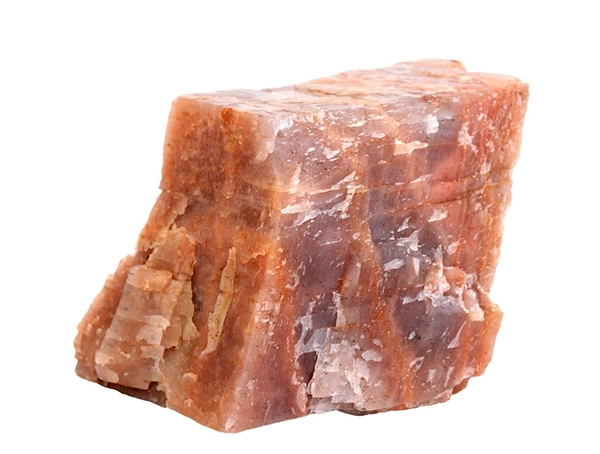

Feldspar
Chemical Information and Usage
Feldspar is a common uncooked fabric utilized in glassmaking, ceramics, and to a point as a filler and extender in paint, plastics, and rubber. In glassmaking, alumina from feldspar improves product hardness, sturdiness, and resistance to chemical corrosion. In ceramics, the alkalis in feldspar (calcium oxide, potassium oxide, and sodium oxide) act as a flux, decreasing the melting temperature of a combination. Fluxes melt at an early stage in the firing method, forming a glassy matrix that bonds the opposite additives of the gadget collectively.Feldspar is consumed in glassmaking, including glass containers and glass fiber. Ceramics (inclusive of electric insulators, sanitaryware, pottery, tableware, and tile) and different uses, which includes fillers..
Feldspar specifications for supplies and exports:
Elsahn Co. supplies and exports various sizes of raw Feldspar with different sizes and degrees of purity on demand which used in many different fields.
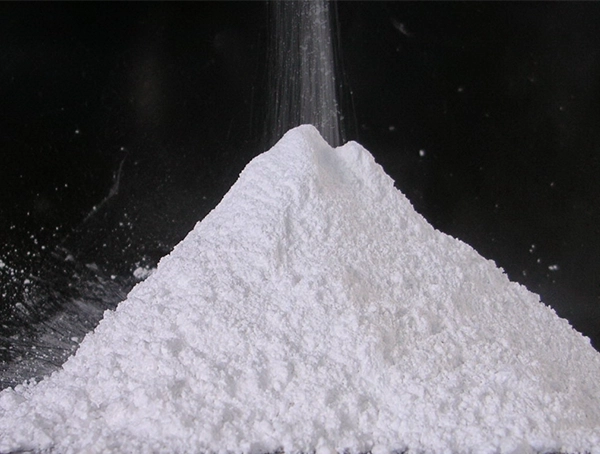

TALC
Chemical Information and Usage
Talc is a clay mineral, composed of hydrated magnesium silicate with the chemical formula Mg3Si4O10 (OH)2. Talc in powdered form, often combined with corn starch, is used as baby powder. This mineral is used as a thickening agent and lubricant; is an ingredient in ceramics, paint, and roofing material; and is a main ingredient in many cosmetics.It occurs as foliated to fibrous masses, and in an exceptionally rare crystal form. It has a perfect basal cleavage and an uneven flat fracture, and it is foliated with a two-dimensional platy form.
The Mohs scale of mineral hardness is based on scratch hardness comparison, ranging from 1 to 10, a value of 10 being the hardest of minerals. The hardness of talc, the softest of minerals, defines the value of 1 on the scale. (Any mineral with a value less than 2 can be scratched by a fingernail.) When scraped on a streak plate, talc produces a white streak; though this indicator is of little importance, because most silicate minerals produce a white streak. Talc is translucent to opaque, with colors ranging from whitish grey to green with a vitreous and pearly luster.Talc is not soluble in water, and is slightly soluble in dilute mineral acids.Soapstone is a metamorphic rock composed predominantly of talc.
Talc specifications for supplies and exports:
Elsahn Co supplies and exports various sizes of raw Talc and talcum powder with different sizes and degrees of purity on demand which used in many different fields.
